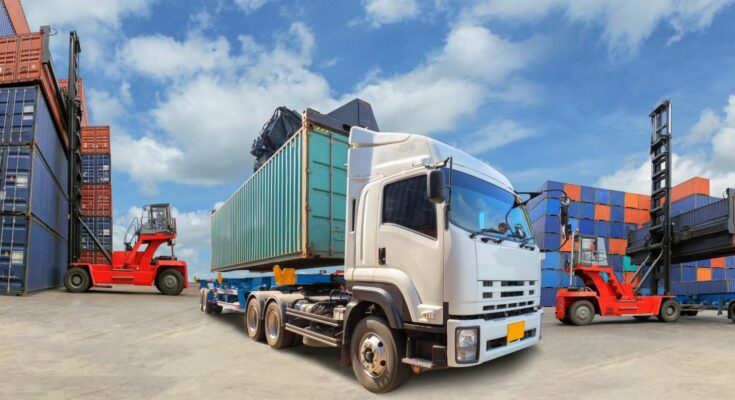The freight forwarder manages the entire shipping process. Their role extends past booking vessel space to include documentation prep, customs clearance, carrier management, and emergency response when shipments derail. Transportify same day delivery supports businesses managing time-critical shipments by ensuring smooth transitions across multiple delivery stages.
Negotiate carrier rates
Shipping volume determines bargaining power. Your company might move 35 containers annually. The forwarder handling your account handled 18,000 containers across all clients that year. Ocean lines and air carriers reserve their deepest discounts for shippers generating massive volumes. Your forwarder secures those rates and then extends portions of the savings to you. These negotiations span multiple expense categories:
- Base freight charges between port pairs
- Guaranteed space allocation during capacity shortages
- Ground transportation from terminals to inland points
- Equipment rental and detention charge reductions
Forwarders hold contracts with numerous carriers across varied trade routes. One carrier runs the best rates on certain lanes while competitors dominate others. Equipment availability matters when popular routes reach capacity. Forwarders apply this market knowledge to your specific shipping patterns and seasonal requirements.
Handle customs documentation
Moving goods through customs demands absolute paperwork accuracy. Product descriptions require exact wording that customs systems recognize. Declared values must reflect proper exchange rates from purchase dates. Origin certificates need formatting that matches applicable trade agreements. Forwarders handle these requirements routinely because they file several hundred customs entries weekly. Tariff classification represents its own specialty. Harmonized codes number in the thousands. Selecting correct codes determines whether duty runs 3 percent or 9 percent on identical merchandise. Classification decisions also trigger inspection requirements, environmental compliance obligations, or licensing mandates. Forwarders research classifications thoroughly, request binding rulings when codes remain ambiguous, and defend their selections during customs challenges.
Coordinate multiple carriers
Containers pass through numerous handlers traveling from production facilities to warehouses. Drayage trucks collect from manufacturers. Terminal operators receive and load onto vessels. Ships transit to hub ports where cargo is transferred between vessels. Different trucking companies execute the final delivery. Every handoff creates potential for delays, miscommunication, or lost shipments. Forwarders monitor each segment continuously. Departure notifications arrive automatically. Ocean tracking shows real-time vessel positions. Port arrival triggers coordinate final delivery scheduling. Problems like missed sailings or terminal congestion require immediate rebooking to maintain delivery commitments.
Consolidate small shipments
Complete containers require substantial cargo volumes. Many importers order quantities filling 35 percent of the available space. Paying for unused capacity destroys profit margins on modest orders. Forwarders operate consolidation facilities at origin terminals where they combine goods from multiple shippers into filled containers, then separate cargo after arrival. A busy consolidation warehouse might merge shipments from 15 importers into 5 containers. Each participant pays only for actual cargo volume plus modest consolidation charges. Savings compared to partial container bookings typically reach 55 to 70 percent. This economic model makes international procurement viable for businesses ordering reasonable rather than massive quantities.
Provide insurance coverage
Cargo faces multiple hazards during international transit. Vessels occasionally sink. Containers wash overboard in heavy seas. Theft occurs at port facilities. Forklifts damage boxes during handling. Standard carrier liability covers a fraction of the actual merchandise value. Forwarders arrange comprehensive marine cargo insurance through specialist underwriters. Master policies negotiated for their entire client base deliver superior coverage terms compared to individual policies. Premium rates are typically calculated as a small percentage of the cargo value. Claims route through forwarders who maintain established relationships with adjusters and understand documentation requirements for successful settlements.
These services convert international shipping from an overwhelming administrative burden into standard business procedure. Smaller importers gain capabilities that large corporations develop through dedicated logistics staff. Value comes not just from cargo movement but from navigating regulatory systems and carrier relationships that enable cross-border commerce.




